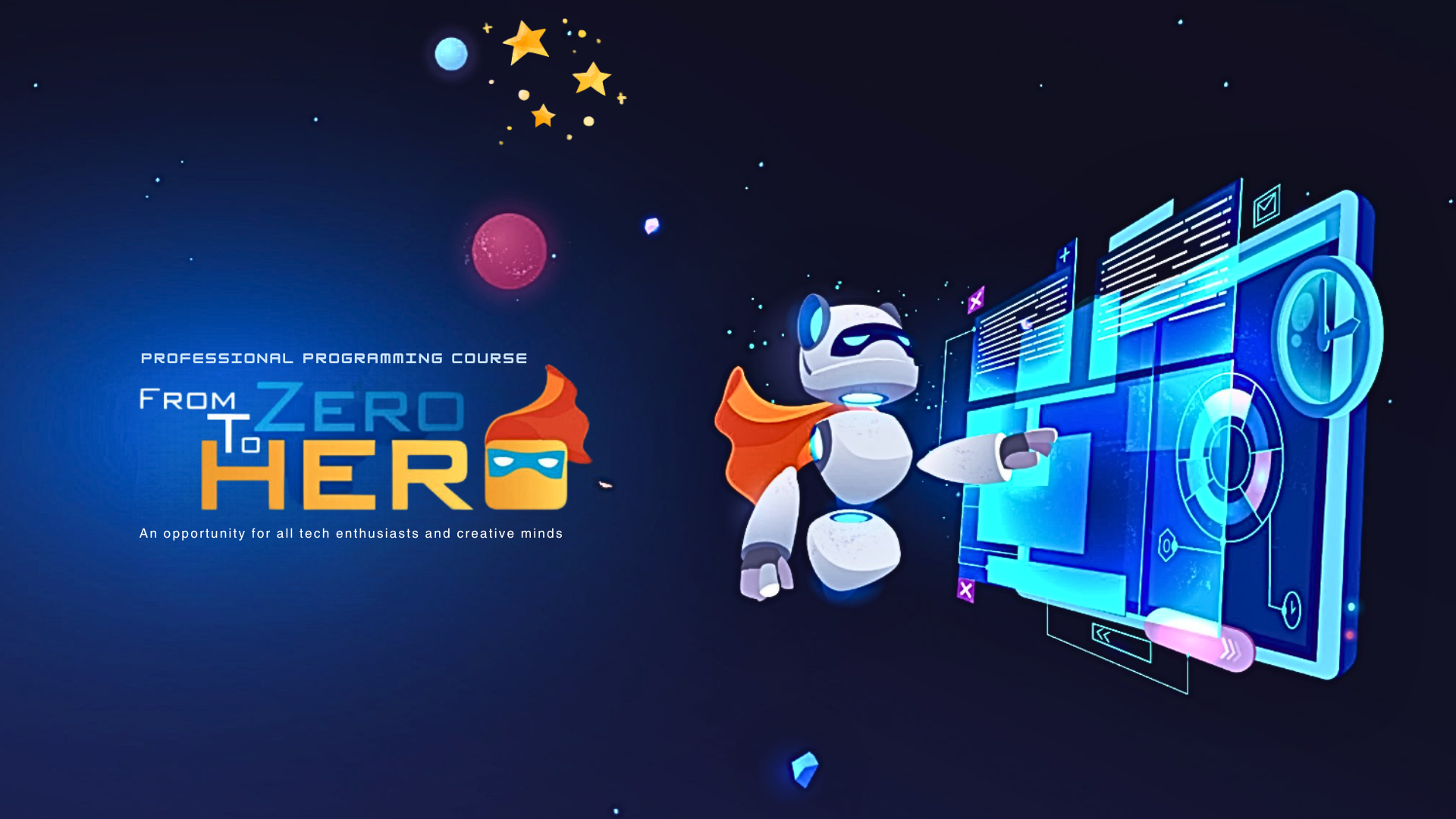
Table of Content
Lecture 1
Introduction to Java and the Hello World Program
What do I need to install to start coding in Java?
To begin coding in Java, you need to install the Java Development Kit (JDK) and an Integrated Development Environment (IDE) such as IntelliJ IDEA, Eclipse, or Visual Studio Code
Why is the "Hello World" program important in Java?
The "Hello World" program is a fundamental starting point for learning Java. It introduces key concepts such as syntax, the main method, and basic output using System.out.println(). It helps beginners understand how Java programs are structured and executed.
Lecture 2.1
Variables & Operators Section
What are the different types of variables in Java programming?
In Java programming, variables are categorized into primitive types (such as int, double, char, and boolean) and reference types (such as objects, arrays, and Strings). Primitive types store simple values directly, while reference types store memory addresses pointing to complex objects.
How do arithmetic and logical operators work in Java programming?
Arithmetic operators (+, -, *, /, %) are used for mathematical calculations, while logical operators (&&, ||, !) are used to evaluate boolean expressions, often in decision-making statements like if conditions and loops.
Lecture 2.2
User Input and Object-Oriented Programming Section
What are the different types of variables in Java programming?
In Java programming, variables are categorized into primitive types (such as int, double, char, and boolean) and reference types (such as objects, arrays, and Strings). Primitive types store simple values directly, while reference types store memory addresses pointing to complex objects.
How do arithmetic and logical operators work in Java programming?
Arithmetic operators (+, -, *, /, %) are used for mathematical calculations, while logical operators (&&, ||, !) are used to evaluate boolean expressions, often in decision-making statements like if conditions and loops.
Lecture 3
Conditional and Loop Statements
What is the difference between an if-else statement and a switch statement?
The if-else statement is used for evaluating multiple conditions with relational or logical operators, making it more flexible. The switch statement is best suited for checking a single variable against multiple fixed values, improving readability when dealing with many cases.
What are the main types of loops in Java, and when should I use each?
Java has three main types of loops:
1. for loop: Used when the number of iterations is known beforehand.
2. while loop: Used when the number of iterations is unknown, and the loop runs based on a condition.
3. do-while loop: Similar to the while loop but ensures the code runs at least once before checking the condition.
Lecture 4
Introduction to Array
How do you declare and initialize an array in Java?
An array in Java is a data structure that stores multiple values of the same type in a single variable. It is useful because it allows efficient data management, easy access using an index, and reduces the need for multiple individual variables.
How do you declare and initialize an array in Java?
You can declare and initialize an array in Java as follows:
Declaration: int[] numbers;
Initialization: numbers = new int[5]; or int[] numbers = {1, 2, 3, 4, 5};
The first method creates an empty array with a fixed size, while the second initializes it with predefined values.
Lecture 5
Methods
What is a method in Java, and why is it important?
A method in Java is a reusable block of code that performs a specific task. Methods improve code organization, reusability, and maintainability by allowing programmers to break down complex problems into smaller, manageable parts.
What is the difference between a static method and an instance method?
A static method belongs to the class and can be called without creating an object, using ClassName.methodName(). An instance method requires an object of the class to be called and can access instance variables.
Lecture 6
Programming a Tic Tac Toe Game
How do I represent the Tic Tac Toe board in a Java program?
The Tic Tac Toe board is typically represented as a 2D array (char[][] board), where each element stores 'X', 'O', or an empty space. This allows easy manipulation and checking of game states.
How do I check for a winning condition in Tic Tac Toe?
A player wins if they have three of their marks (X or O) in a row, column, or diagonal. This can be checked using loops to verify if any row, column, or diagonal contains the same symbol.
Lecture 7
Implementing Tic Tac Toe using Object-Oriented Programming (OOP)
How does Object-Oriented Programming (OOP) improve the design of a Tic Tac Toe game?
OOP helps structure the Tic Tac Toe game by using classes like Game, Board, and Player, making the code more modular, reusable, and easier to maintain. It also improves encapsulation and separation of concerns.
What are the key classes used in an OOP-based Tic Tac Toe implementation?
A typical OOP design includes:
1. Board: Manages the game board and checks for a win.
2. Player: Represents each player and their moves.
3. Game: Controls the game flow, player turns, and overall logic.
Lecture 8
The Fundamental Principles of Object-Oriented Programming (OOP)
What are the four main principles of Object-Oriented Programming (OOP)?
The four fundamental principles of OOP are:
Encapsulation: Restricting direct access to object data and allowing controlled access through methods.
Abstraction: Hiding complex implementation details and exposing only essential functionalities.
Inheritance: Allowing a class to inherit properties and behaviors from another class.
Polymorphism: Enabling a method or function to take multiple forms, such as method overloading and overriding.
Why is OOP important in software development?
OOP improves code modularity, reusability, scalability, and maintainability by organizing programs into objects and classes. It helps manage complex software systems efficiently and promotes better code structure.
